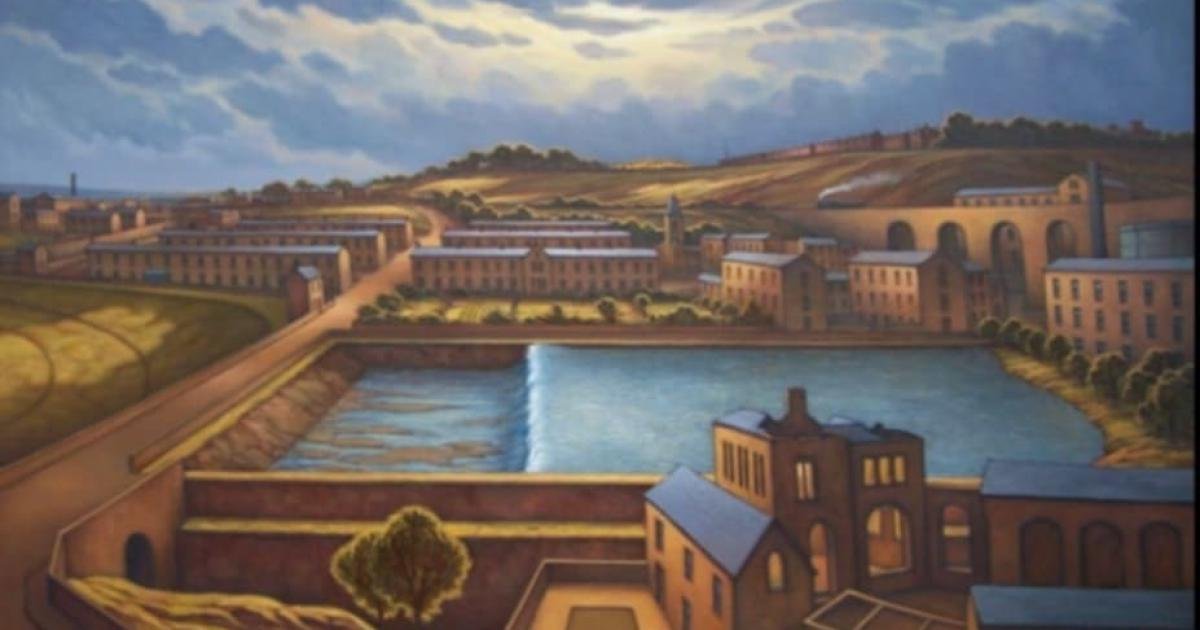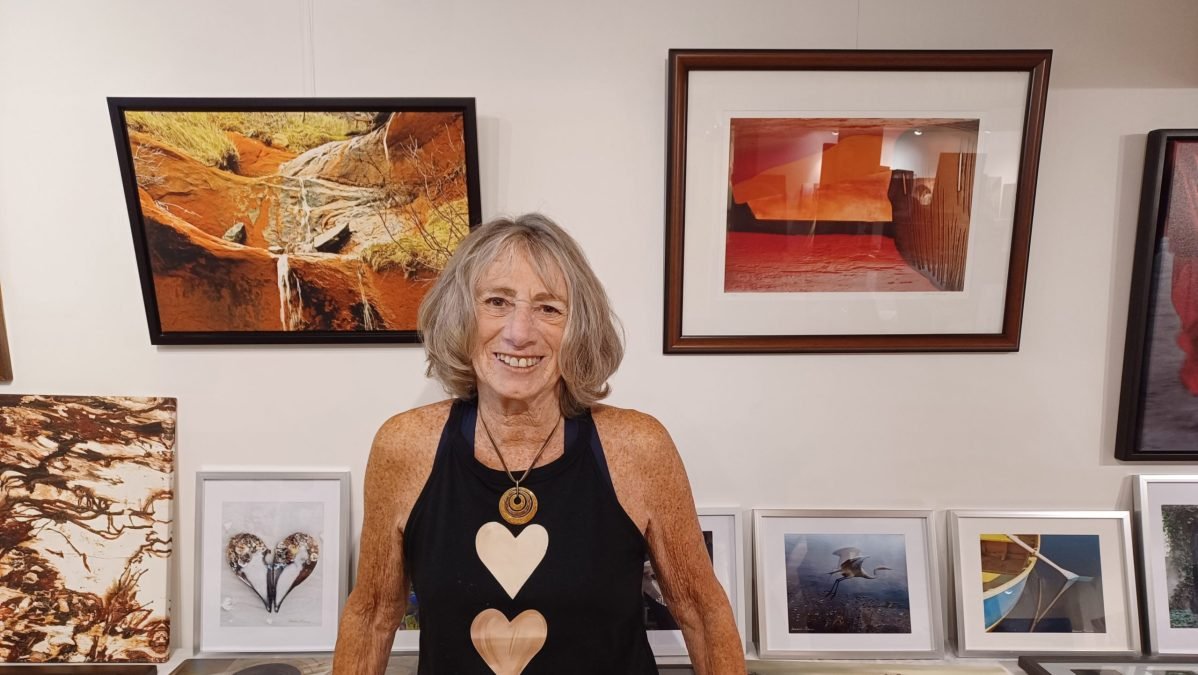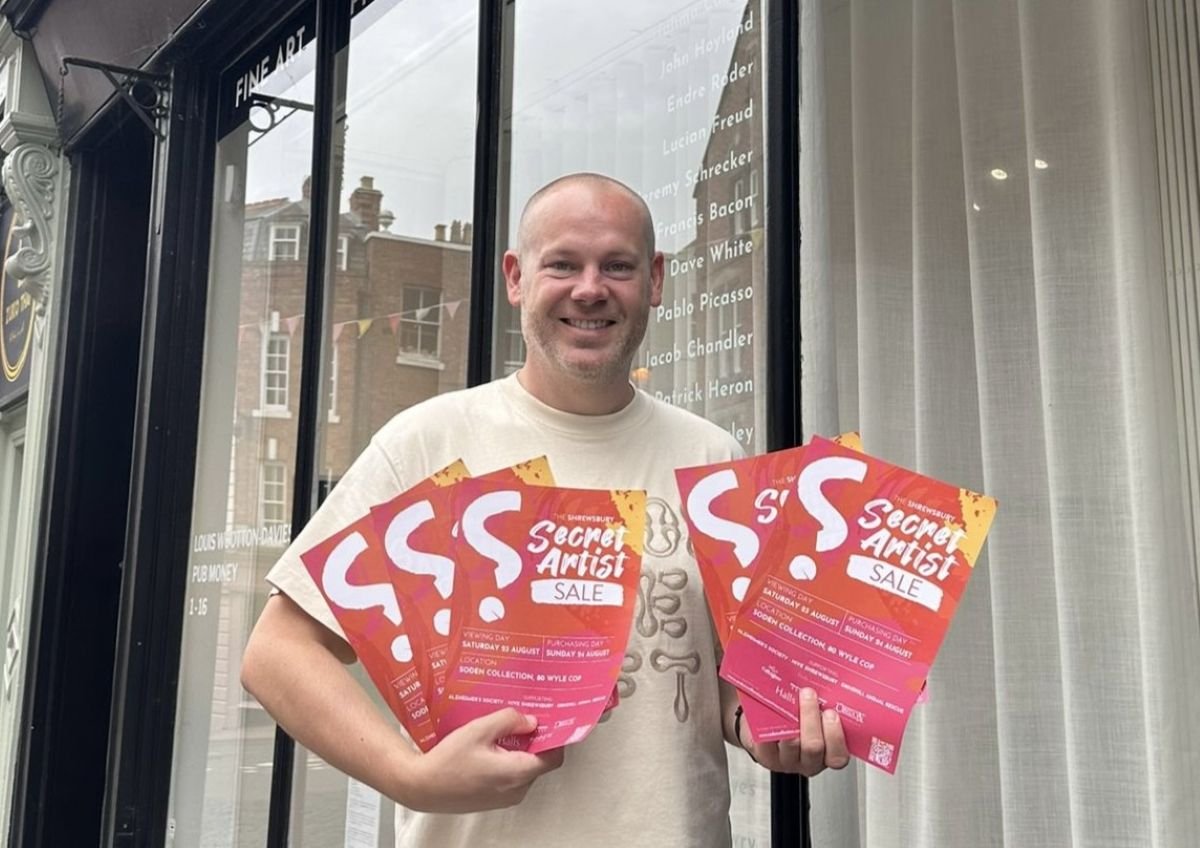Cutaway drawings are visual alchemy, giving us an x-ray view inside cars, engines, and other contrivances we might never see in person, let alone disassembled. Transcending a mere explanation of the subject matter’s inner workings, the cutaway is an art form in and of itself. This is especially true for those of the monochrome pen-and-ink variety, where shading and texture are used masterfully to contrast various parts, materials, and empty space.
This story originally appeared in Volume 24 of Road & Track.
Which brings us to Tony Matthews, one of the world’s most renowned and prolific cutaway artists. Born in 1943 and raised north of London, he was nearly made for the task. “I was drawing from the moment I could hold a pencil,” he says, “and I have a photograph to prove it!”
The postwar era provided plenty of fodder for the young Matthews’s technical curiosity. “I was always interested in mechanical subjects, aircraft more than cars,” he says. “At the time, the British aircraft industry was large and inventive, so there was no shortage of fascinating subjects.” A hobby of building airplane models neatly ties in with his early love of drawing. “I learned how to read plans and, later, draw my own,” he says. “It was the ability to draw, and to understand plans, that made me very useful as a 16-year-old when I was introduced to a small local studio.”
The studio was run by prominent technical illustrator James Allington, and Matthews was put straight to work. “I had been drawing in ink for years, so I was immediately able to produce illustrations that could be used,” he says. The studio was preparing owner’s manuals, workshop manuals, and illustrated parts lists for Ford in the U.K., Lotus, and a local large crane and hoist manufacturer, plus civil-engineering work—“a lot of variety, which was good,” Matthews says.
For all the wistfulness we can conjure about an artist destined for his craft, Matthews carved a path that, like most creative endeavors, required practice and discipline to master. In the early part of his career, his skills in showing texture in black-and-white were particularly useful. “James Allington was producing cutaways for various publications, including Road & Track, and my stippling skills meant that I shaded the tires on every cutaway for nine years, until I moved on. One feature of the studio’s output was the shading, rather Victorian but fun to do, and I learned a lot about how to use ink line to show different materials, surface finish, form, and color.”
In all of that time, Matthews just did elements of other cutaways. It was only upon joining the motorsport-image agency LAT Images as resident illustrator that he started making his own, which appeared in Motoring News and Motor Sport magazine. “This was a period of very steep learning curves,” he recalls, “modifying what I knew and learning how to do cutaways from scratch. The first few illustrations were not very good artistically, but they were accurate and showed all salient technical features, and I progressed rapidly.”
After five years of developing his personal style and construction methods, Matthews hung his own shingle as a freelance artist.
Perhaps the most incredible thing about cutaway drawings is that the artist renders the three-dimensional picture inside their head. That sometimes involves picturing things that can’t be seen. “My take on technical illustration is that it should be as accurate as possible,” Matthews explains, “although there have been a few times when I’ve had to leave out or, worse, alter items, which goes against my pedantic nature. But I live in the real world. You cannot show what you don’t know, and I relied almost exclusively on photographs, with the addition of some engineering drawings for engines and gearboxes.”
As color printing became more commonplace, Matthews had to relearn his craft. “Black-and-white line illustration was all I knew for years. Color was rarely called for and not a medium I used at work,” he explains. “I was familiar with ink line, not with color. That was a steep learning curve, and it took years to reach the point where I was happy with it.” The trend toward less and less black-and-white line work was a permanent shift, albeit with rare exceptions. “One oddity was the Ilmor Leyton House F1 V-10,” Matthews recalls, “which I did in color, only for Ilmor to then ask for a version in ink!”
With seven decades of illustrating behind him, Matthews is largely retired, answering emails from R&T about his past work notwithstanding. In the meantime, drawing has given way to computerized graphics that give us an unprecedented view inside a car down to individual nuts and bolts. But making cutaway drawings redundant from a technical perspective only renders them more fascinating as art. “There is, or was, still a use for black-and-white ink line,” Matthews says. Especially when drawn by hand.
Executive Editor Mike Austin has worked as a writer, editor, and occasional video host across titles such as Car and Driver, Autoblog, Popular Mechanics, and Hemmings (plus a few more). Prior to joining Road & Track he finally put his engineering degrees to use as an EV analyst. His personal cars skew slightly oddball, including a 1991 Honda Beat, 2001 Volkswagen Eurovan, 1987 Alfa Romeo Spider, and 2007 Saab 9-3 wagon.












